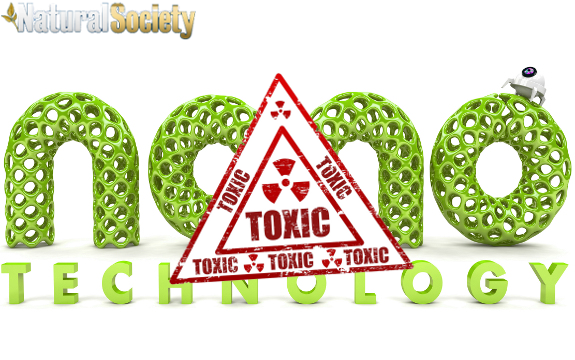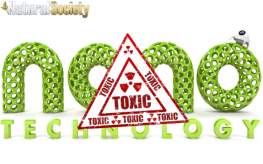Scientists Find Way to Detect Toxic Nanoparticles in Food, Risks Still Unclear

 What if there were toxic particles being put in your food that were so small they could infiltrate sensitive organs and systems of your body with untold damaging results? Well, there are. They are called nanoparticles. They are found in everything from car batteries to processed foods and even on conventionally grown produce. While we only know a fraction about them and their potential harm, scientists have recently found a new method of identifying them in foods.
What if there were toxic particles being put in your food that were so small they could infiltrate sensitive organs and systems of your body with untold damaging results? Well, there are. They are called nanoparticles. They are found in everything from car batteries to processed foods and even on conventionally grown produce. While we only know a fraction about them and their potential harm, scientists have recently found a new method of identifying them in foods.
Scientists with the University of Missouri’s College of Agriculture, Food and Natural Resources developed a method of testing for one common type of food related nanoparticle—silver. Silver nanoparticles are often applied as a pesticide to conventionally grown fruits and vegetables.
In their studies, the MU researchers found that even after being washed and rinsed repeatedly, these toxic silver nanoparticles didn’t only remain on the surface of a pear’s skin, but penetrated the skin and made their way into the pear pulp itself.
“The penetration of silver nanoparticles is dangerous to consumers because they have the ability to relocate in the human body after digestion,” said Mengshi Lin, associated professor of food science. “Therefore, smaller nanoparticles may be more harmful to consumers than larger counterparts.”
It’s because of their size that nanoparticles are able to pass into the blood and lymph systems easily, reaching the spleen, brain, liver, and heart.
“More than 1,000 products on the market are nanotechnology-based products,” said Lin. “This is a concern because we do not know the toxicity of the nanoparticles. Our goal is to detect, identify and quantify these nanoparticles in food and food products and study their toxicity as soon as possible.”
Perhaps most frightening about the use of nanoparticles in food is that we don’t know the full extent of the damage they can cause. Like so many other food additives, pesticides, and GMOs, the FDA really doesn’t seem to care enough to test them before they make it into the food supply.
When asked in 2012 by The Environmental Magazine which foods nanoparticles were used in, an FDA representative said, “FDA does not maintain a list of food products that contain nanomaterials.”
We do know they are used not only to control pests in produce, but also to enhance flavors, brighten food colors, and keep food fresh longer. Some of the potential sources of nanoparticles, and therefore foods you may want to steer clear of, include: gum, candies, toothpastes, nutritional supplements, Pop Tarts, coffee creamers, and purified waters.
Like genetically modified foods, nanoparticles are being warned against based on the lack of thorough safety (in addition to the known complications).
Additional Sources:
